This article originally appeared on VICE Canada.
As I sit here writing a story about the future of edibles, I’m battling an edible-induced hangover.
I can’t really blame anyone but myself. I smoked some weed at home and then to satisfy my accompanying munchies, at around midnight, I ate a medicated brownie because I had no other snacks in the house. It was tasty so I ate the whole thing, which I’m told contained about 90 milligrams of THC—nine times Canada’s likely legal serving size. I fell asleep immediately and it’s now well into the next day but I still feel like 90 percent of my brain is sedated.
I bring this up because the potential for “greening out” is one of the main discussions currently taking place around edibles—the next frontier of cannabis legalization in Canada and already big business in legal US markets. The Canadian government has promised to regulate the sale of edibles by October 17 and companies both large and small are gearing up for that. (Though, as was the case with brick and mortar pot shops in Ontario, actual sales may not take place until after that.)
While legalizing dried cannabis and oils have certainly presented challenges—the supply shortage and quality of product to name a couple—edibles are a whole different beast. There are concerns about dosage, food safety, lack of public education, and, of course, keeping them out of the hands of children. The payoff is an industry predicted to be worth $5 billion in the US and Canada by 2022—four times what it was in 2017, according to ArcView Market Research, a firm that collects data on the cannabis industry.
Canada’s approach to regulating edibles will be cautious. Proposed regulations from Health Canada indicate that the federal government wants to impose a limit of 10 milligrams of THC per package for edible cannabis in solid and beverage forms; a limit of 10 mg of THC per unit for ingestible extracts and 1,000 mg per package; plain, child-resistant packaging; a ban on mixing with alcohol or nicotine and on having elements that people would associate with alcohol; and a ban on products that are appealing to kids. Ten milligrams of THC is considered a pretty low dose—it’s easy to find black market edibles that are 100 mg of THC per dose. US states that have legalized recreational weed, such as California, Washington, and Colorado have 10-milligram THC limits for a single serving—e.g. one gummy—but packages can contain multiple servings. California has moved to ban edibles featuring faces and animals, humans, and gummies. Washington has cracked down on the shapes and colors allowed.
Here’s a breakdown of what to expect from the nascent edibles industry.Beverages
While gummies are the most popular edible items in legal US states, several companies are betting big on cannabis beverages. Constellation Brands, producer of Corona beer, invested $5 billion for a 38 percent stake in Canadian weed giant Canopy, with plans to introduce a line of infused drinks and other products. Meanwhile, Molson Coors has paired up with Quebec licensed producer Hexo Corp. to launch Truss, a line of weed drinks.
Dooma Wendschuh, 42, founder of weed beer producer Province Brands seems mildly offended when I tell him some people think the idea of combining weed and beer is gross.
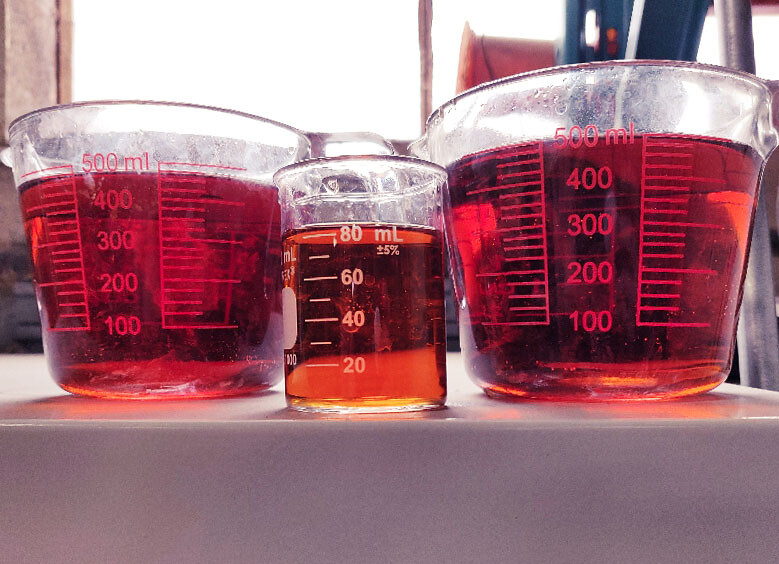
“When I think of cannabis and beer, I think of two of the greatest things that have ever been invented combined into the same beverage,” he says. Province is currently brewing out of a plant in Quebec City while it builds a 123,000-square-foot brewery outside of Toronto. Wendschuh says Province will eventually produce 20,000 hectoliters [528,344 gallons] of weed beer—though with more capital, he says that volume could increase to 175,000 hectoliters [4,623,010 gallons]. For comparison, Toronto-based craft brewer Steam Whistle produces about 95,000 hectoliters [2,509,634 gallons] of beer annually.
Wendschuh claims he’s making the only beer in the world that is fully brewed from cannabis. There are four ingredients: cannabis, hops, water, and yeast. There’s no barley, which is usually one of the key ingredients in traditional beer. This differs from other cannabis “beers” that have a boost of weed added to the normal beer formula.
The Princeton grad claims his weed beer—which he says actually tastes like beer—will disrupt the alcohol industry. He says its Province Brand brew will hit people “as quickly as alcohol” and that the company is in the process of developing technology that will ensure it also leaves your system as fast as booze.
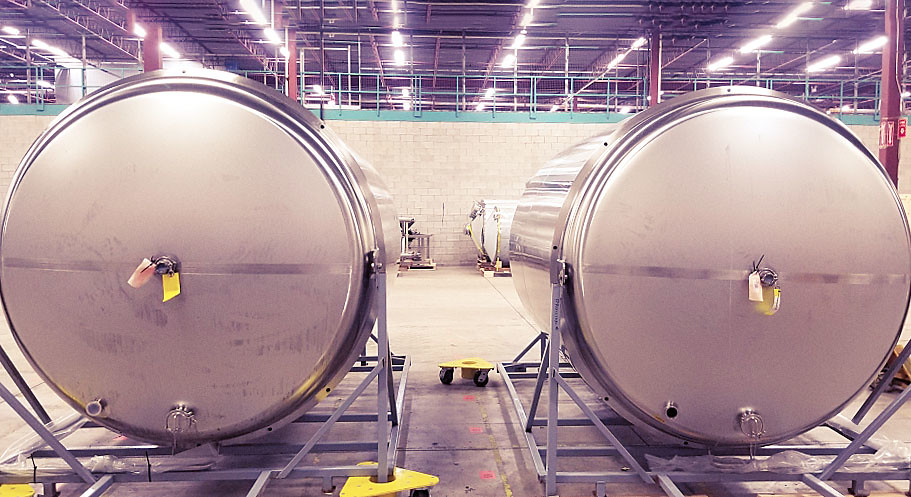
He also suggests that weed is less likely to lead to bad behavior.
“When you drink alcohol, you expect a certain type a feeling, a certain type of a buzz. And with a marijuana beverage, you don’t get that kind of buzz. You kind of chill. It’s not going to cause you to go to a bar and hit on chicks that you might do… with alcohol. It’s just a different kind of a buzz.”
Wendschuh’s reaction to the strict marketing rules around weed in Canada is interesting—he thinks that it’s going to help him because he doesn’t have a marketing budget comparable to giant weed companies. But he certainly talks a big game.
“Sometimes just by making an outlandish claim you can make it come true in a way,” he says. “If more people believe that beverages are going to be the biggest sector in cannabis more people will invest in it and if the companies get more money than they can do better and then maybe it will be the biggest sector.”
LA-based infused drinks producer Tinley Beverage Co., which sells cooler-type drinks including a 12-ounce bottled weed margarita, plans to expand into Canada when edibles are legal here. The company has already had to alter its slick packaging to fall in line with California’s updated edibles regulations—for example, replacing “margarita” with “stone daisy”—but the Canadian version will likely have to be stripped of its most interesting elements.
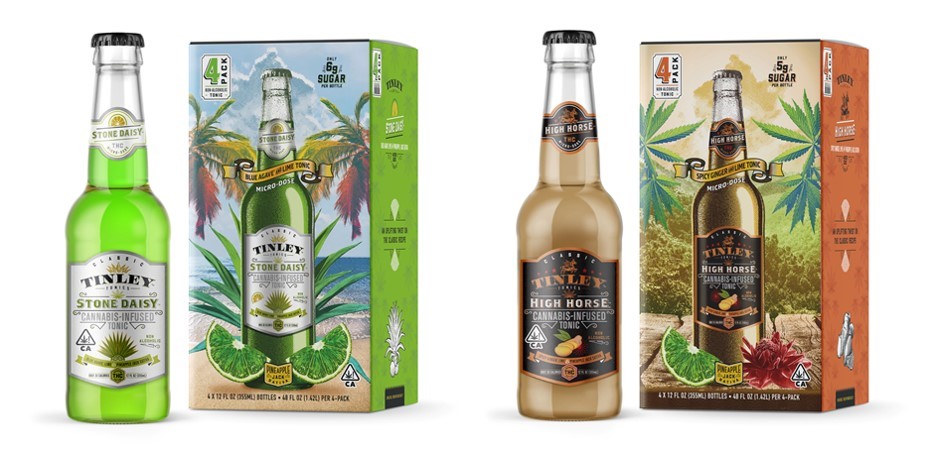
“There’s no real brand marketing in Canada,” Ted Zittell, head of product and brands development for Tinley, tells VICE. Zittel and Tinley founder Jeff Maser are both based in Toronto.
Zittell says Health Canada should be encouraging the development of cannabis drinks to convert people from unhealthier options like smoking weed or drinking booze. He thinks the strict proposed regulations will amount to Canada losing some of its competitive edge in the cannabis sector.
“You can’t make stuff that looks like pharma product or household cleaning and expect it to be a huge brand franchise for a beverage.”
Technology
While Wendschuh was somewhat vague about the timeline for his technology, several companies claim to have figured it out. Trait Biosciences, a biotechnology research firm, is one of them. Basically, cannabinoids (e.g. THC and CBD) are fat soluble, which means they need to latch onto fat to absorb into the body. That’s why edibles take a while to kick in—sometimes hours. Ideally, they’re water-soluble and sold in water-soluble formats, as is the case with alcohol because they will kick in faster and be more reliable. Trait Biosciences says it has achieved two methods of making cannabinoids water-soluble. However, there are other companies making similar claims, so it’s not clear yet who will emerge as the frontrunner in actual consumer products.
Black market transition
It’s a Tuesday morning and I’m in a kitchen, tucked inside a loft apartment building in Toronto’s east end. The kitchen is run by Sarah Gillies who founded The Baker’s Shop, an edibles company, six years ago. The black market for edibles is thriving—products range from your average cookies and brownies, to infused teas, tinctures, even honey and other spreads. They often come in higher doses as well, e.g. 100 mg of THC in a cookie.
Gillies is one of many black market edibles producers hoping to transition into the legal market. She is an activist who believes in providing medical cannabis patients access to edibles, as per the Supreme Court Smith decision. In a nutshell, it’s legal to make your own edibles in Canada, but not to sell them.
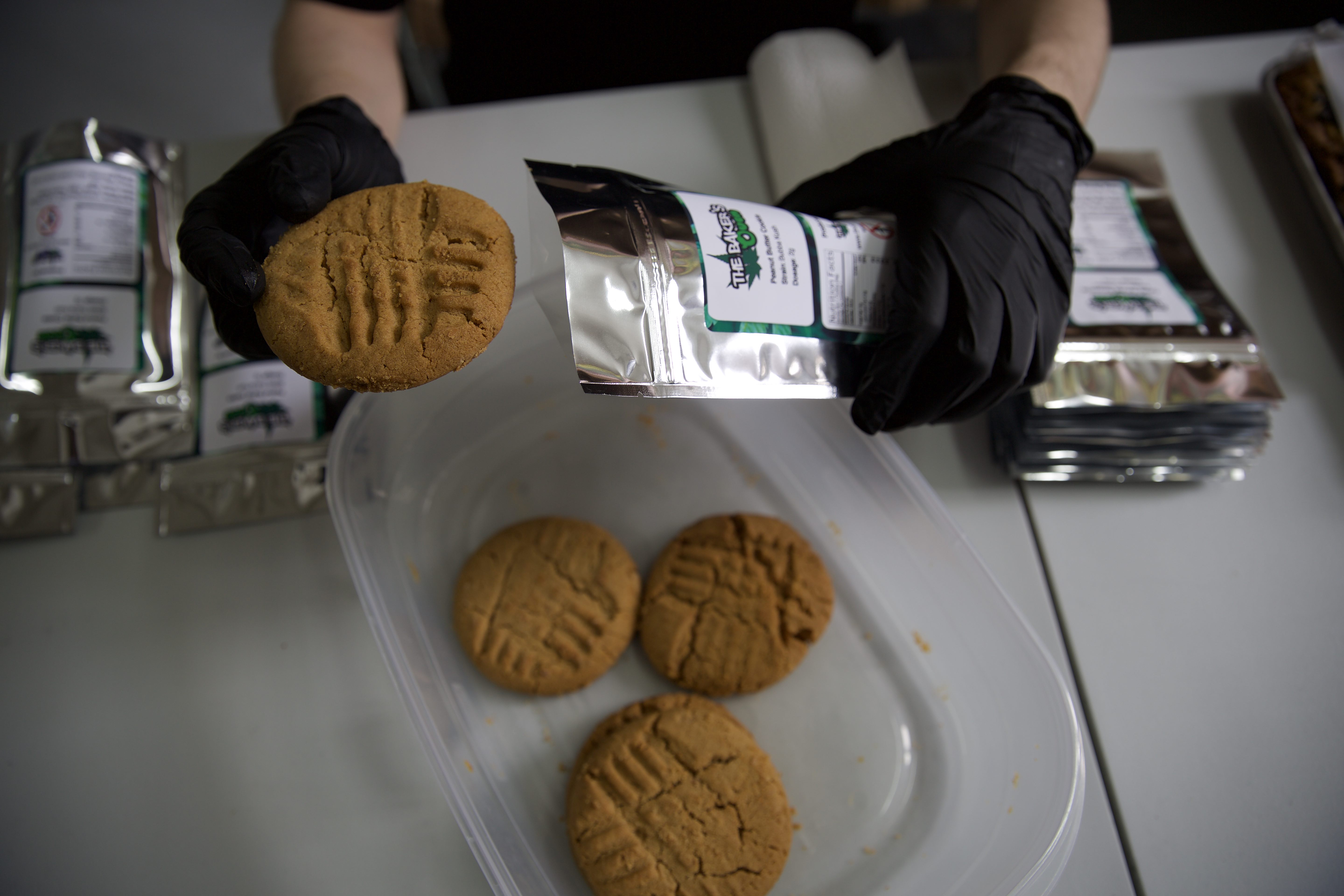
Gillies baker Kayla Baptiste is making 24 medicated toffee brownies. I ask Gillies how they ensure they are getting their doses right per brownie. She shows me a spreadsheet they consult that does the math for them once they plug in the quantity of THC-infused distillate required for any given recipe. They say they do offsite, third-party testing. But still, it’s not exact.
“We try to make it as to code as possible,” says Gillies, who also runs a topicals company.
Primarily, she supplies online cannabis vendors as well as pop up markets. In the last year, she says some illicit edibles producers have shied away from selling at markets due to the risk of being arrested and/or not being able to enter the legal market.
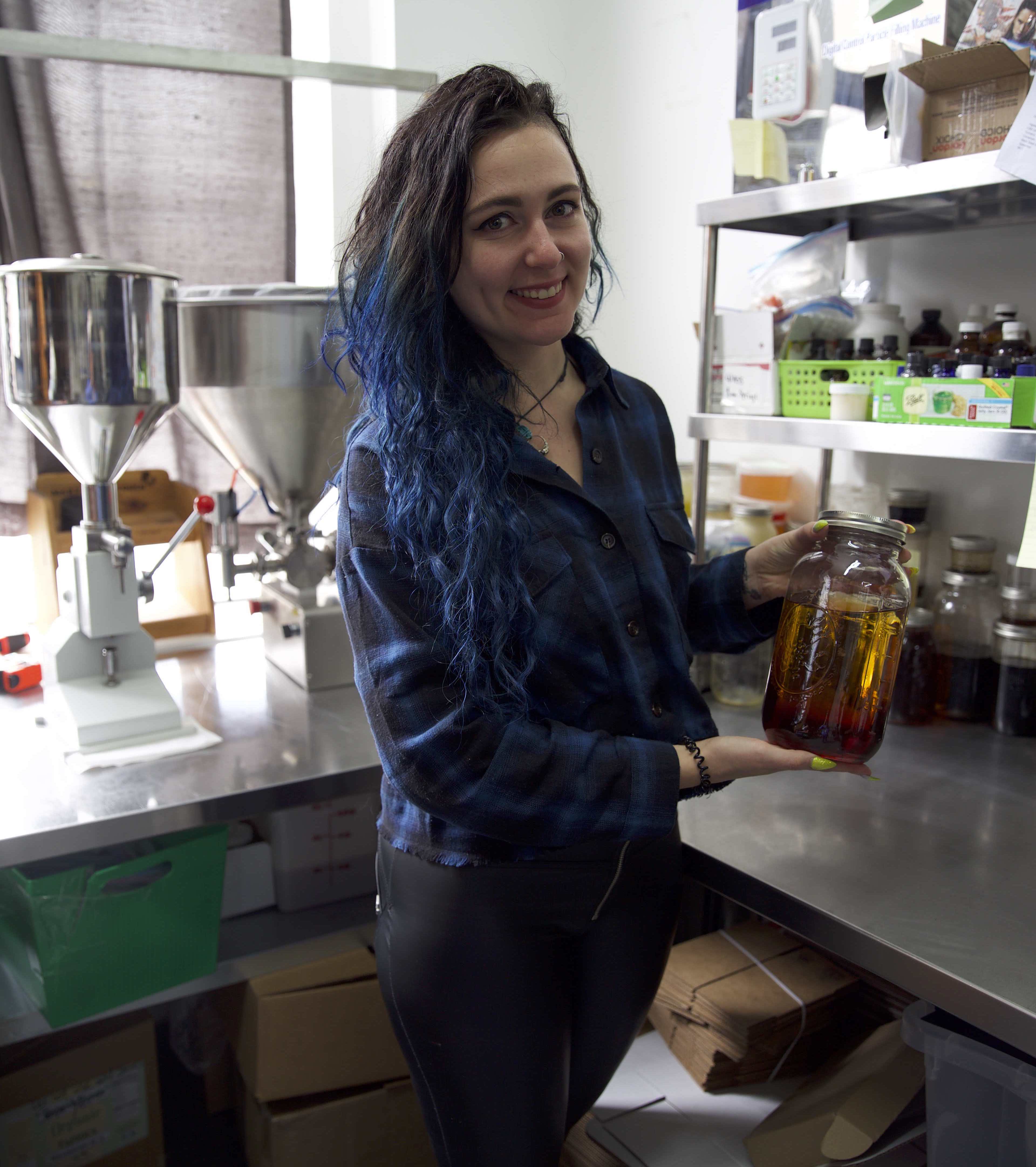
But there are other barriers to going legal—the cost is a big factor.
“You're going to have to not only invest in your license but invest in your facility,” says Gillies, noting it would easily cost her hundreds of thousands of dollars. “They’re not going to be like ‘here’s your license, go bake in your kitchen.’”
So for Gillies and other small edibles businesses like her, the goal is in part to pair up with legal companies. Having said that, she says there’s already a large variety of edibles already on sale for the masses, and that market isn’t likely to go anywhere anytime soon.
“There’s always going to be a black market.”
Dinner parties
Cindy Fung isn’t making run-of-the-mill weed gummies. She’s charging $150 a head to put on elaborate seven-course THC and CBD-infused dinners at secret locations all over Toronto.
“We’re still keeping it hush hush,” Fung, chef and founder of Preserve Indulgence, tells VICE. But her idea—one that chefs in various cities have done iterations of—is a hint of the types of entertainment-related experiences that could accompany edibles legalization.
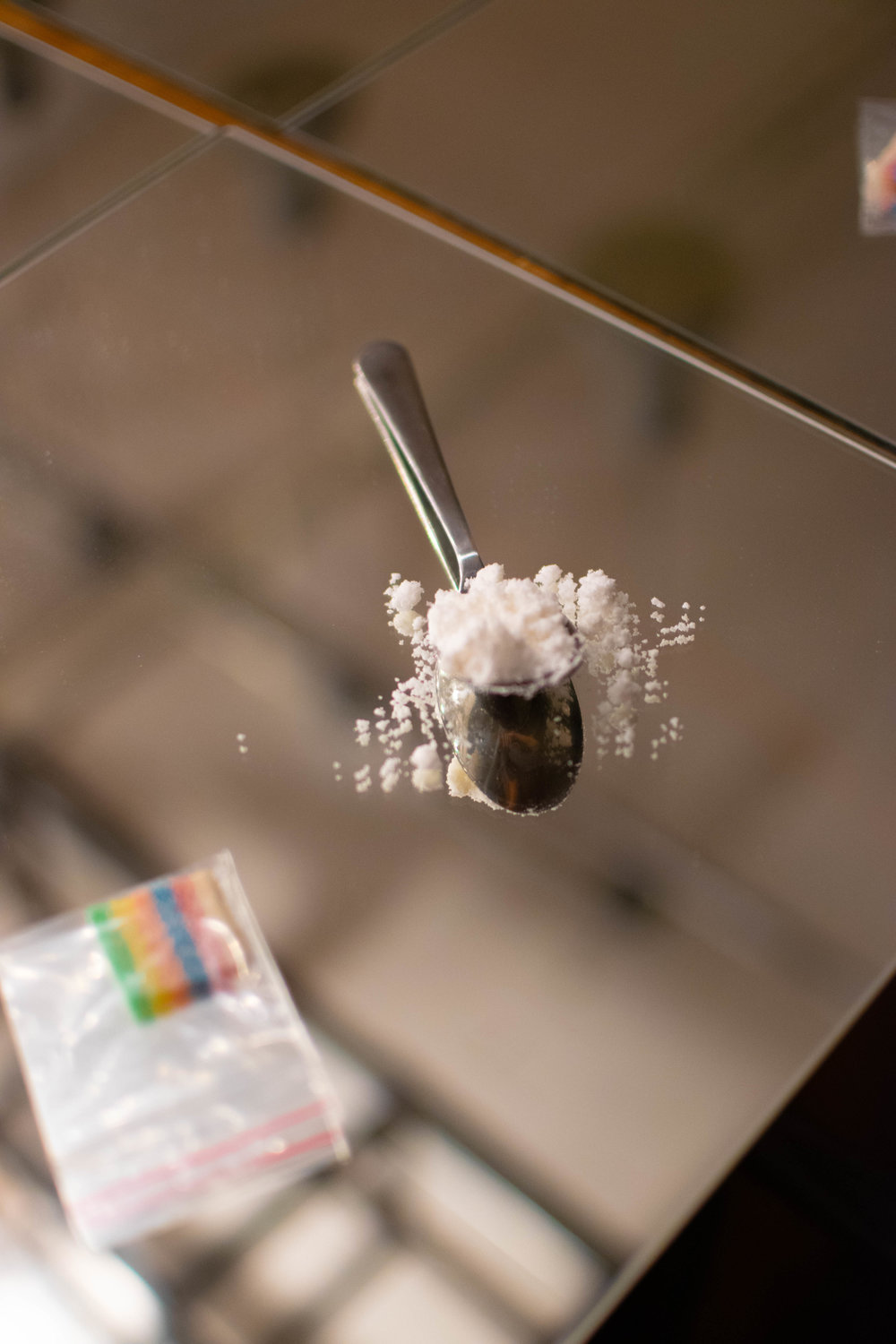
Fung says she became inspired after interning at a prestigious restaurant in Hong Kong. When she came back home to Toronto, she says she wanted to shake up the food scene here a little bit. So she decided on infused dinners.
She says she alternates using CBD and THC for various courses, as well as CBD-infused beverages, but “every single dish is very creative.” As an example, at a recent pop-up she used bacon powder plated to look like cocaine and an infused rainbow candy placed in a dime bag.
But Fung’s events, put on for around 20-30 guests, aren’t just about the food. She’s also incorporated burlesque performances and once wrote her own murder mystery party for everyone to partake in. Everyone also leaves with a little swag bag including edible candies.
The dinners aren’t exactly above board, legally, though Fung her business primarily functions as a catering service. She also notes that guests aren’t going to leave super high—they’re consuming no more than 10 mg of THC by the end of the night.
“For the last part, the dessert, we ask them if they want to get lifted,” Fung says—her shorthand for getting high. “They could be visually checking out their way home and thinking about it and saying ‘Oh that was a really fucking good night.’”
Reefer madness
A big part of the reason edibles are being so tightly regulated is the potential for people to overdo it—or for kids to get their hands on them. And indeed, legal US states have seen increases in calls to poison control centers and hospital visits due to accidental ingestions and greening out. A CBC report found that emergency room visits also spiked in Canada in 2017-2018, when legalization was taking place.
But it’s important to keep this information in context and not be hysterical—like this Ontario ER doctor who tweeted that “edibles are often so concentrated that they can be fatal in kids.”
That claim is entirely false. Beyond that, it makes sense that hospital visits and poison control center calls increase in legal jurisdictions because people may feel more inclined to report these issues when they’re not at risk of facing criminal charges or having their kids taken away.
Speaking to VICE last August, pediatric ER doctor Bonni Goldstein said when a child comes to hospital because of weed ingestion, she typically just checks their vital signs and lets them sleep it off. And while patients may experience unpleasant symptoms, such as paranoia, anxiety, irrationality, and hallucinations, no medical intervention is usually necessary, she said.
Sign up for our newsletter to get the best of VICE delivered to your inbox daily.
Follow Manisha Krishnan on Twitter.
from VICE http://bit.ly/2IDAMpP
via cheap web hosting
No comments:
Post a Comment